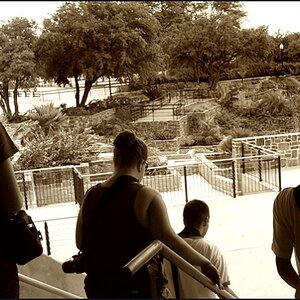Frank F.
engineering art
- Joined
- Oct 24, 2016
- Messages
- 2,022
- Reaction score
- 1,081
- Location
- Bonn
- Can others edit my Photos
- Photos OK to edit
Have to agree with Braineack, I do not like the way this bokeh looks at all. I'm usually a fan of the swirly bubble bokeh. I really like the way the Helios lens is used by this woman that I follow on Flickr: Franci Van der vyver I think that creates much more pleasant backgrounds with a similar effect as what you are showing in the first group of shots. That lens is on my wish list.
This bokeh is not swirly. It is crazy nervous different chaotic ... i love it!



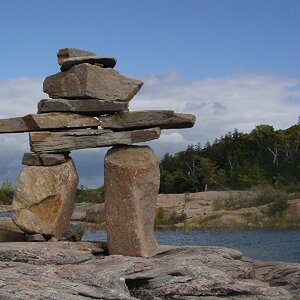
![[No title]](/data/xfmg/thumbnail/37/37528-9e874fc2fc9aad7c13c894c1439dcc10.jpg?1619738130)
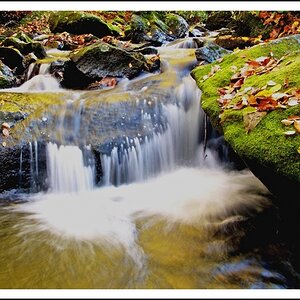
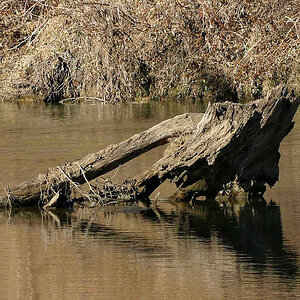

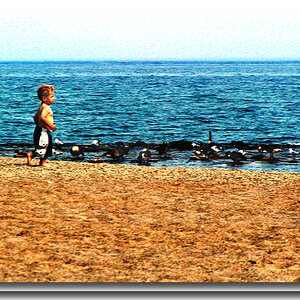
![[No title]](/data/xfmg/thumbnail/39/39291-a89dc472765e04f66f617dd9acc8030d.jpg?1619738958)

